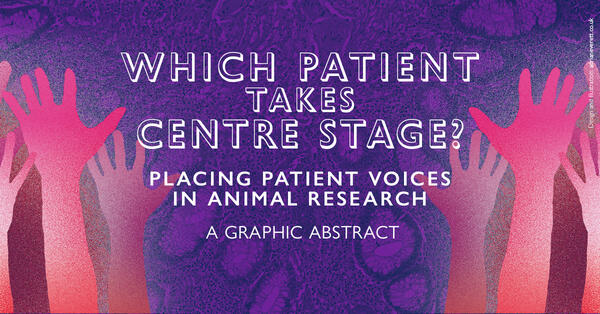
Patient groups are increasingly being asked to help shape the development of effective and ethical biomedical research at all of its stages, through practices of Patient Involvement (or, PPI).
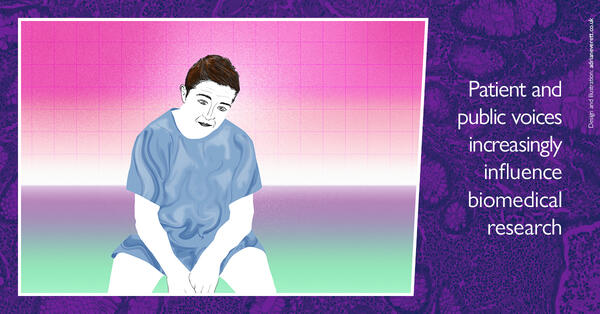
As patient involvement moves upstream into preclinical contexts, patient representatives can encounter research involving animals.
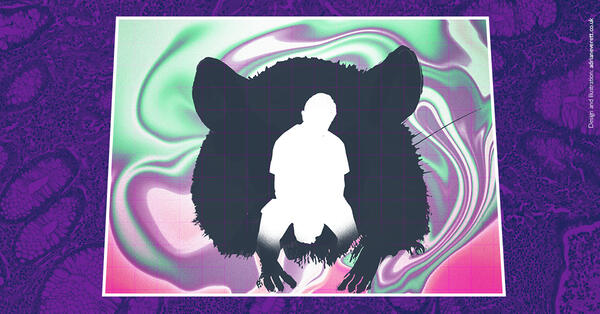
We are interested in how ‘patient voices’ and experiences of involvement in research, and their narratives of health, are shaped by these encounters with animal research. How might speaking for and with animals in research change experiences and responsibilities?
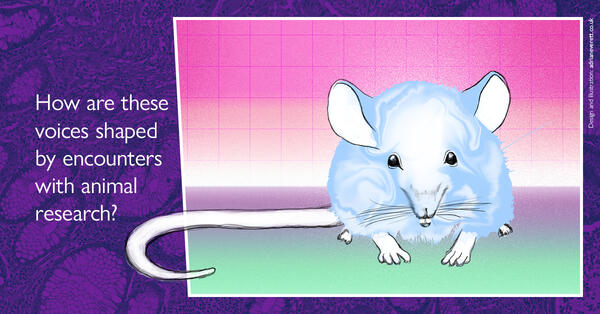
Patient involvement involves drawing on people’s lived expertise to identify research priorities and improve the relevance of research. Patient’s voices shape the production of scientific research, as well as deepen social relations around science and patient advocacy.
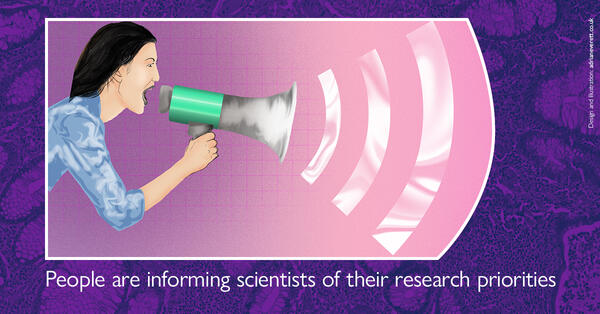
Like in this great video by Parkinsons UK that highlights how involving patients and publics in setting research priorities can ensure that research is relevant, and can create opportunities for speaking in ways that are empowering:
But what happens when animals are involved in research? Does this add a responsibility to speak for them too? The patient voice is a powerful actor in public arguments around animal research.
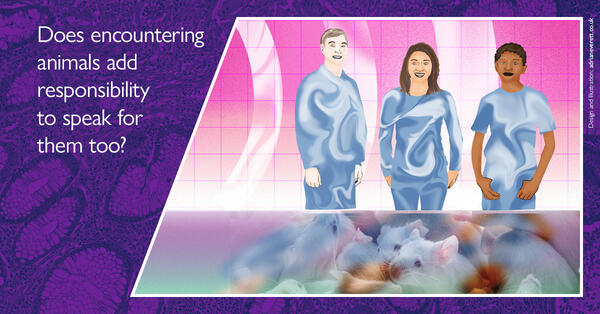
Like in this video by Understanding Animal Research and Genetic Alliance where they took patient representatives to learn more about the animals used to study their conditions:
How are expressions of patient voices shaped, affected, and altered by an encounter with an animal that shares your health condition? Can seeing your illness reflected in another living being open up a position to place your voice within biomedical research?
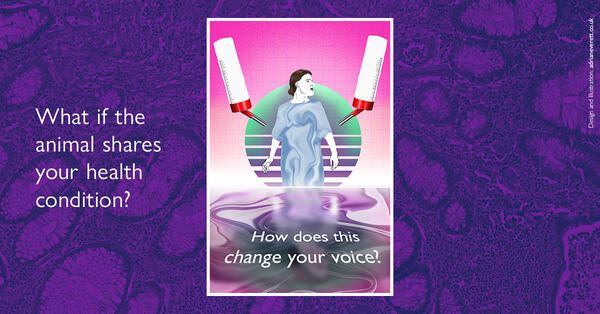
Perhaps, like in this clip from BBC Horizon’s 2010 feature on ‘A Decade of the Human Genome’, animal models might offer new narratives of identity, hope, and future:
The entanglements between human and animal health are well represented within the work of artists and poets, intermingling patient perspectives with creative practice to create spaces for people to reflect on these complexities and shifting perspectives.
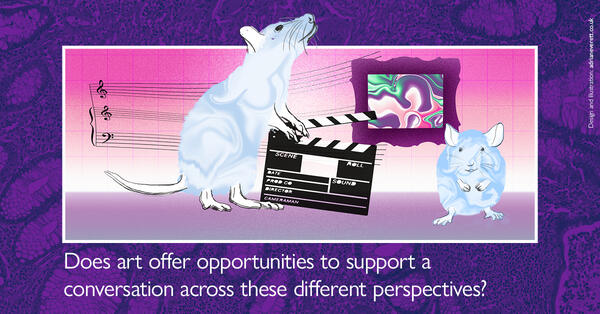
For example, Dying for the Other, a film by Beatrix da Costa, combining patient perspectives, clinical interventions and animal experiences, to make visible questions and species that connect ‘suffering, remedy, and harm’ in healthcare and research:
Or the animation by Nate Milton of Poem to My Litter by Max Ritvo, where Ritvo writes of an experiment in which cells cloned from his tumours were placed in mice in the hope of finding more promising and personalised treatments:
Animal research is based on a social contract which is changing as the place of patients in research shifts.
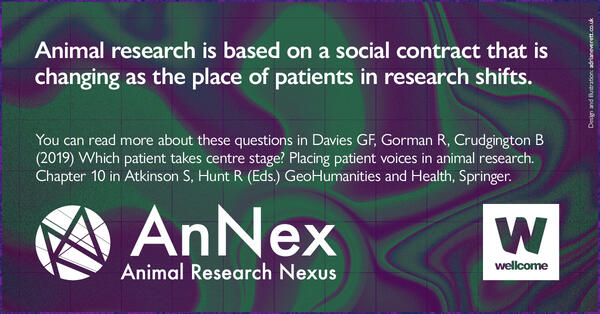
This is research by Gail Davies, Rich Gorman, and Bentley Crudgington. It is based on a book chapter in the GeoHumanities and Health collection, edited by Sarah Atkinson and Rachel Hunt. You can read the full chapter, free of charge, via open access, here.